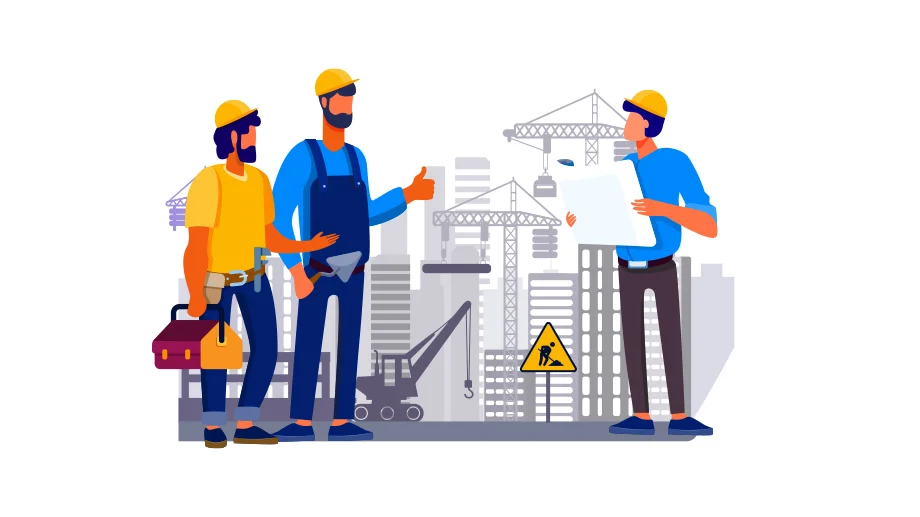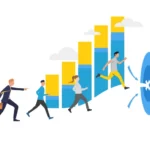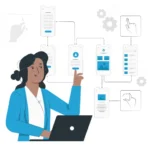Business Continuity is a term getting mentioned frequently, but what is it really, and what does it mean for your business? Well, it is not the same thing as Disaster Recovery, which is concerned about getting back into operations as quickly as possible after a flood, cyberattack or other big event – though a Disaster Plan is an important part of your Business Continuity Plan.
It is really the overall playbook for your business to help it not just recover, but to stay in action – to maintain field operations and support your customers and business needs during a period of disruptions, after the initial disaster other event that impacts your company.
- Initial disaster recovery – employee safety, critical safety actions (securing hazardous materials, etc.), emergency communications between management, staff and first responders, which employees are assigned to critical roles, etc.
- Business continuity – management functions to keep day-to-day operations going (who communicates, where, how – temp office? Home office?), which employees are assigned to critical field operations vs those who can work from home, securing your supply chain for critical materials, etc.
- Tech tools to support your operations should also be put in place – mobile team visibility and location apps, status alerts, safety protocols to alert management of potential danger or allow an employee to signal for help, collaboration and communications tools to share information and troubleshoot , verification tools like via field data like mobile forms/photos, etc.
- You should also do a Vendor Readiness check – ask your critical vendors, from those who supply your tech tools to the company that manages your facility, of they have a BCP in place and how they’ll be able to support you during a period of disruption.
What can this look like for Field Service operations? For example – say you decide you need your field employees to function in a Home-to-Customer Site mode where they need to maximize time at site with minimal interaction with the main office. This means you need to give thought into their workflow and help them with effective time and resource planning, and could include:
- Building and dispatching work orders from your ordering system (or even just from a spreadsheet) to the employee’s tablet or smartphone.
- Best route planning tapping current road conditions for a more efficient and safe drive to site.
- GPS location and mapping to give you a real-time view of all your field service employees – letting you know where are they, what their status is, and if they are available for a new task.
- Field data capture with forms, scans, pictures and notes to prove service has been completed, submit what parts have been used, and log tasks for follow-up. Intelligent forms could also trigger supply chain alerts.
- Communications to coordinate activities, help with troubleshooting, issue alerts and reminders, tell a field service employee when new parts are available for pick up to minimize time spent at company sites, and help the team stay in touch.
- Formalize this workflow and planning, put the pieces in place, test it – and then put it on the shelf in case you need.
In an ideal world you’d put this plan together before a disruption hits, but in case you haven’t, here are some great free resources to get you started with your Business Continuity Plan.
- BCP tools from Ready.gov: https://www.ready.gov/business-continuity-planning-suite
- FEMA presentation on BCP and Readiness: https://www.fema.gov/media-library-data/1513892735873-87f01f2fc1443479e65cff8a7b234aa3/BusinessContinuityAndPreparedness.pdf
About allGeo
allGeo helps SMBs and Enterprise businesses better manage mobile workforce and field operations with tools such as real-time location, GPS time and attendance, geofence visit logs, Lone worker safety, Mobile forms and more! All the tools can be highly customized to fit each use case. The platform features powerful rules engine and integrates with popular back-end CRM, HRMS, and Payroll systems to automate day-to-day operations.
allGeo serves customers from a wide range of industry including field service management, trade services, emergency responders, sales reps, transportation & logistics, oil & gas, home health care providers. These customers do report improvement in productivity and savings in payroll.



